I’m still not doing so well on the health front but have been able to make some progress on the Miss Severn model. It’s been a bit two steps forward and one back though.
I have at least finally got around to finishing off the deck fittings.
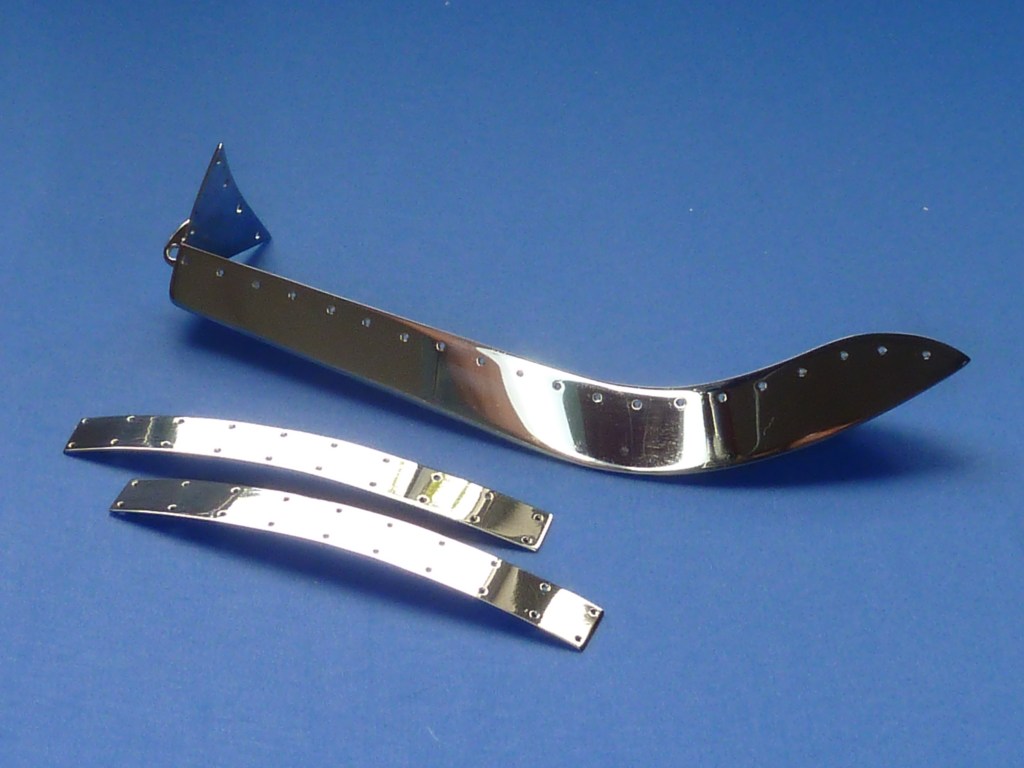
The cutwater needed several goes at plating to get a satisfactory finish, but we got there in the end.
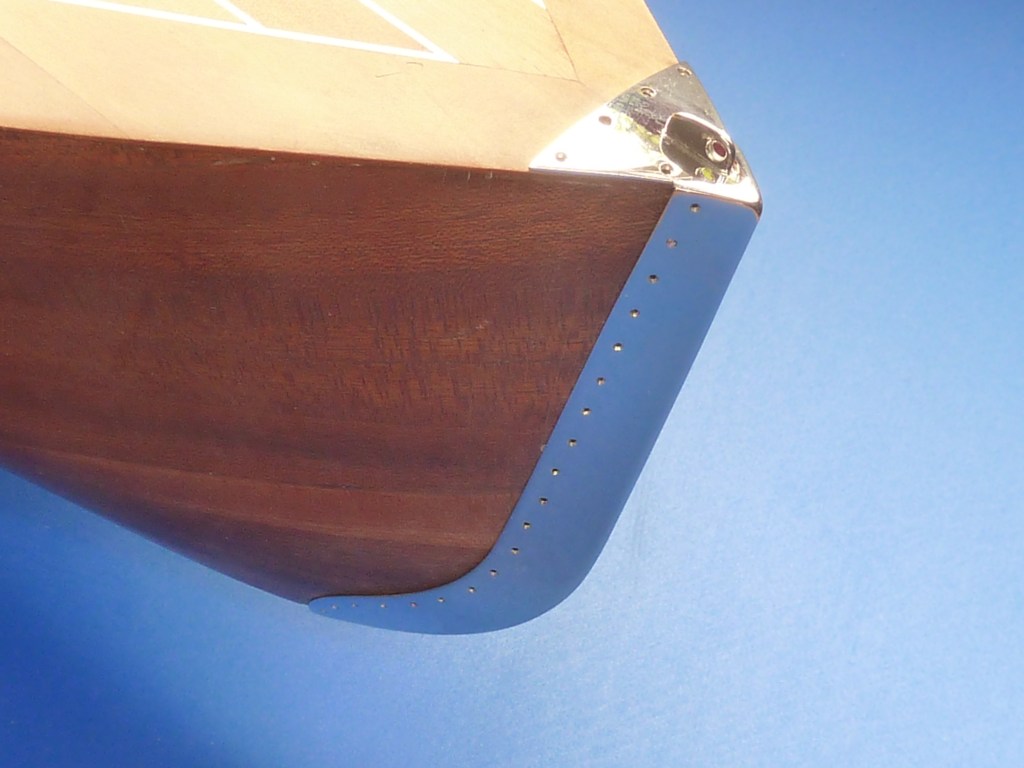

I’ve also plated the chocks. Only the fairleads remain.

As all of the trial fitting of components in the engine bay is pretty well done I decided to refresh the paint for the final finish. Unfortunately there was a problem…
I thought I’d finished the rear bulkhead of the bay with epoxy resin so was a bit cavalier in my paint choice because epoxy doesn’t care too much. however, I’d forgotten that I’d actually used polyurethane varnish and this reacts badly to cellulose paint.
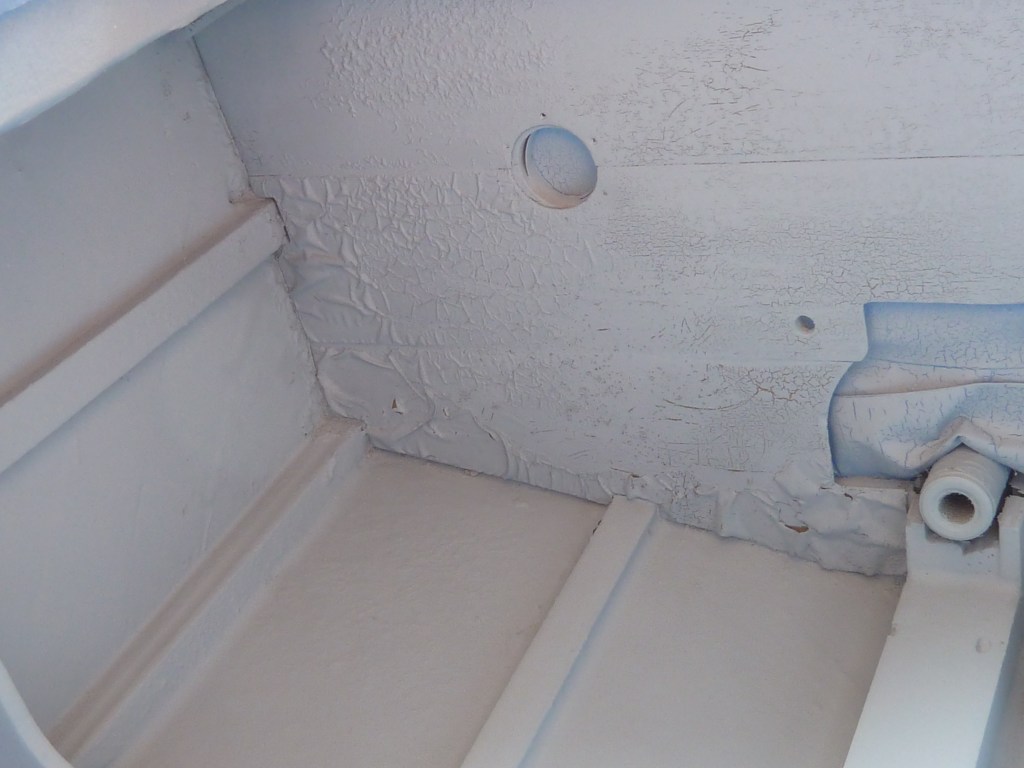

I was really quite vexed at this point. You know, REALLY vexed and quite upset.
So there then commenced a fun session of sanding down and removing all of the offending mess. After several sessions, of sanding and recoating I finally got back to where I should’ve been all along.

It’s still not as sharp as I’d hoped though.
The next step was priming the hull. No matter how closely you inspect the finish the grey primer always seems to reveal a smattering of defects and blemishes that you’ve somehow managed to miss. So there was a general sanding and filling of pinholes.

I had intended that the strut for the propshaft would be polished brass, but when I offered it up to the boat it looked too toy like, Hence I decided to paint it the hull colour after all. Also, somewhere along the line of resin coats and sanding, the small flat island I carved out for the strut’s base had been lost and needed restoring.



The strut comes ready drilled in the kit which wasn’t ideal for me. I did enquire whether it was possible to get an undrilled one but that is how Mack Models receive them. I didn’t want 4 totally out of scale rounded headed screws showing, so counter sunk the holes and used countersunk screws to hide them. Once they were sanded flat the gaps were filled with body putty and that sanded level. The strut is also glued in place using epoxy resin. Just enough to squeeze out the edges and fill any remaining gaps. I fitted the strut before I removed the masking tape in the previous pictures which made cleaning up the excess epoxy very simple. Pull off the tape before the glue is set and you’re left with a nice clean edge that self smooths.
Despite all the prep, the screws are still slightly visible when you get the light at the right angle. I’ve had this before and remain convinced that the filler shrinks very slightly over the days after the instructions tell you it is fully ‘cured’. Hopefully I can remedy that later.
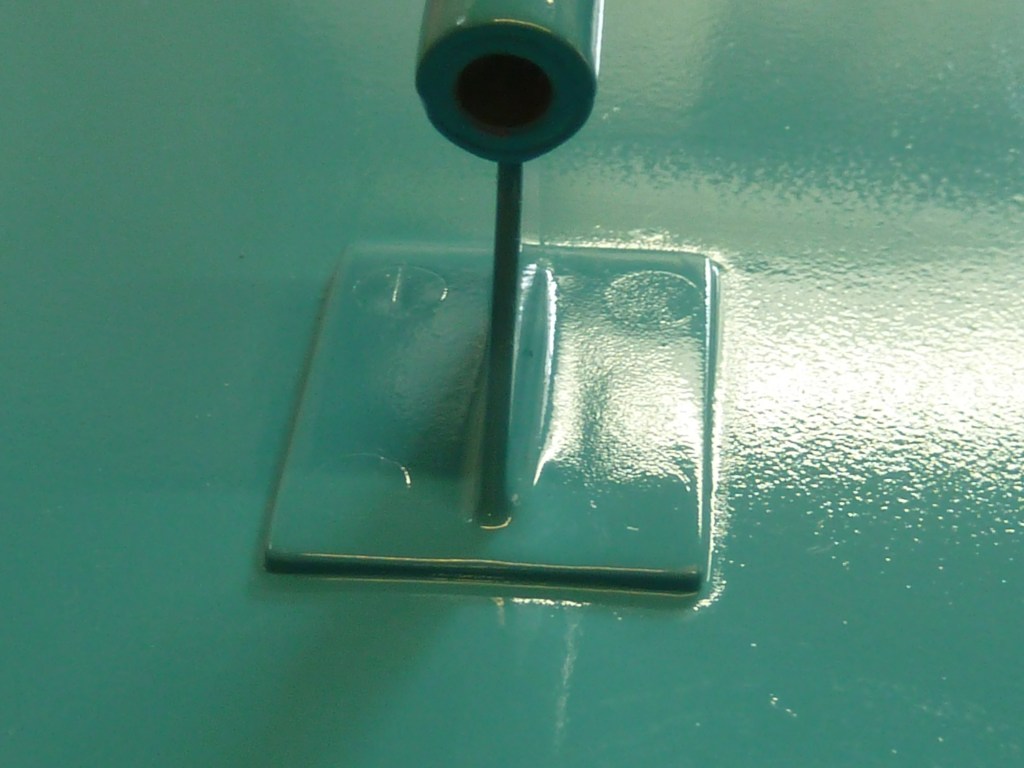
Having sorted the primer coat and the strut, I finally got around to throwing some paint at the hull. The first attempt went badly. I painted the waterline then masked it off to paint the aquamarine colour. Despite making a test piece, which went fine, the blue reacted with the white paint yet again. To say I was annoyed would be an understatement. I like to think I have some idea of what I’m doing when building models now, but to make a beginners error, twice in quick succession, rather questions that. What was especially annoying was that I made the test piece specifically because I was concerned about the problem as I was mixing paint from different manufacturers and that went perfectly.
There are no pictures of the mess as I was too annoyed to take them. In fact I walked away from the whole thing for a few days to calm down.
A less than enjoyable day was spent sanding all of the mess off, cleaning up and re-priming before a second attempt at painting , with paints all from the same manufacturer (Tamiya), which went OK.

I was using rattle cans for the main areas as the area is a little large for my airbrushes, and modelling desk. They didn’t give me a very sharp water line, so I re-masked that, decanted some of the white paint out of the can and applied it with my airbrush which gave a much sharper result.

Next up will be the staining of the woodwork. The transom is already done. However, I think I will apply a coat of varnish to the hull bottom and sides before I start mucking about with the decks. It’ll protect the paint a little, as it is still quite soft.
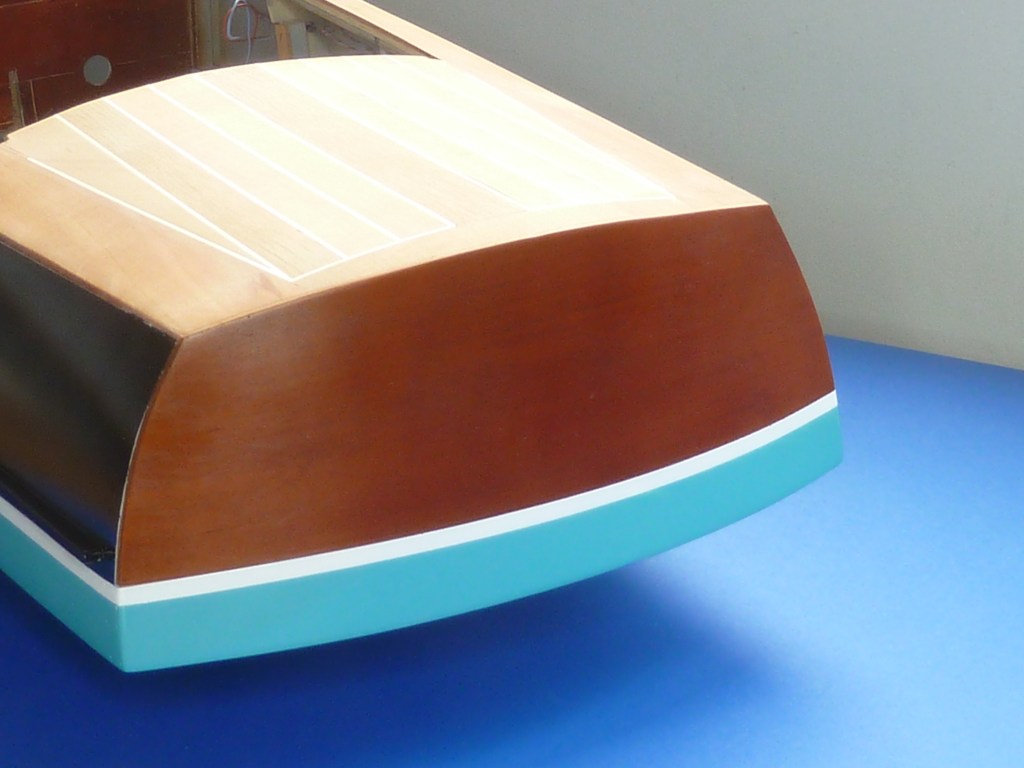
In parallel with all of the above I’ve been investigating methods for producing decent gold lettering for the boat name and registration numbers. I’d like them to be a convincing gold, and real gold if at all possible.
I mentioned briefly in an earlier post that I’d been messing about with gold leaf and even done some trials.

The results of the trials were OK, but not fabulous by any means. However, I did learn that:
-
-
-
- I need a lot more practise to become any good at gold leaf application.
- Gold leaf is more pervasive than glitter.
- I’m not stellar at hand cutting letter masks.
-
-
Based on the above, especially the glitter bit, I’ve decided not to let gold leaf anywhere near the lovely black hull this time around. As a result I’ve been investigating other options. In particular I’ve been lusting after a vinyl cutting machine to allow me to produce decent complex paint masks for several years now, and have finally taken the plunge and bought myself a Silhouette Cameo 4 which is thoroughly living up to expectations.
It has already enabled me to cut some decent masks from thin vinyl.

Small islands in the text still need a lot of care such as those in the ‘A’s of Annapolis and they are about the limit of what the Cameo 4 will do I think.
By the way, Miss Sally is what the boat is going to be called now, not Miss Severn. The model is quite a way from a replica of Miss Severn at this stage anyway, and it personalises it too.
I’ve also experimented with using the machine to cut gold vinyl.

The vinyl foil I used was billed as being 23 microns thick, but my micrometer tells me it is 85 microns including the adhesive. That’s a bit thick to hide under varnish easily. It would take a lot of coats to hide the edges. Hence I’m still trying to locate some real gold self-adhesive foil, like the material they use for shop window lettering. That is billed as being 2-3 microns thick, and having looked closely at the lettering on shop winds in the past I can believe it. I can get small amounts of it from the US, and vast amounts locally for silly money. I haven’t as yet found someone in the UK that will sell me a meter or so of the stuff to play with. The search goes on…
